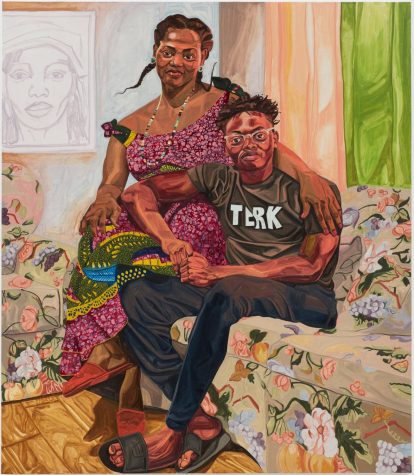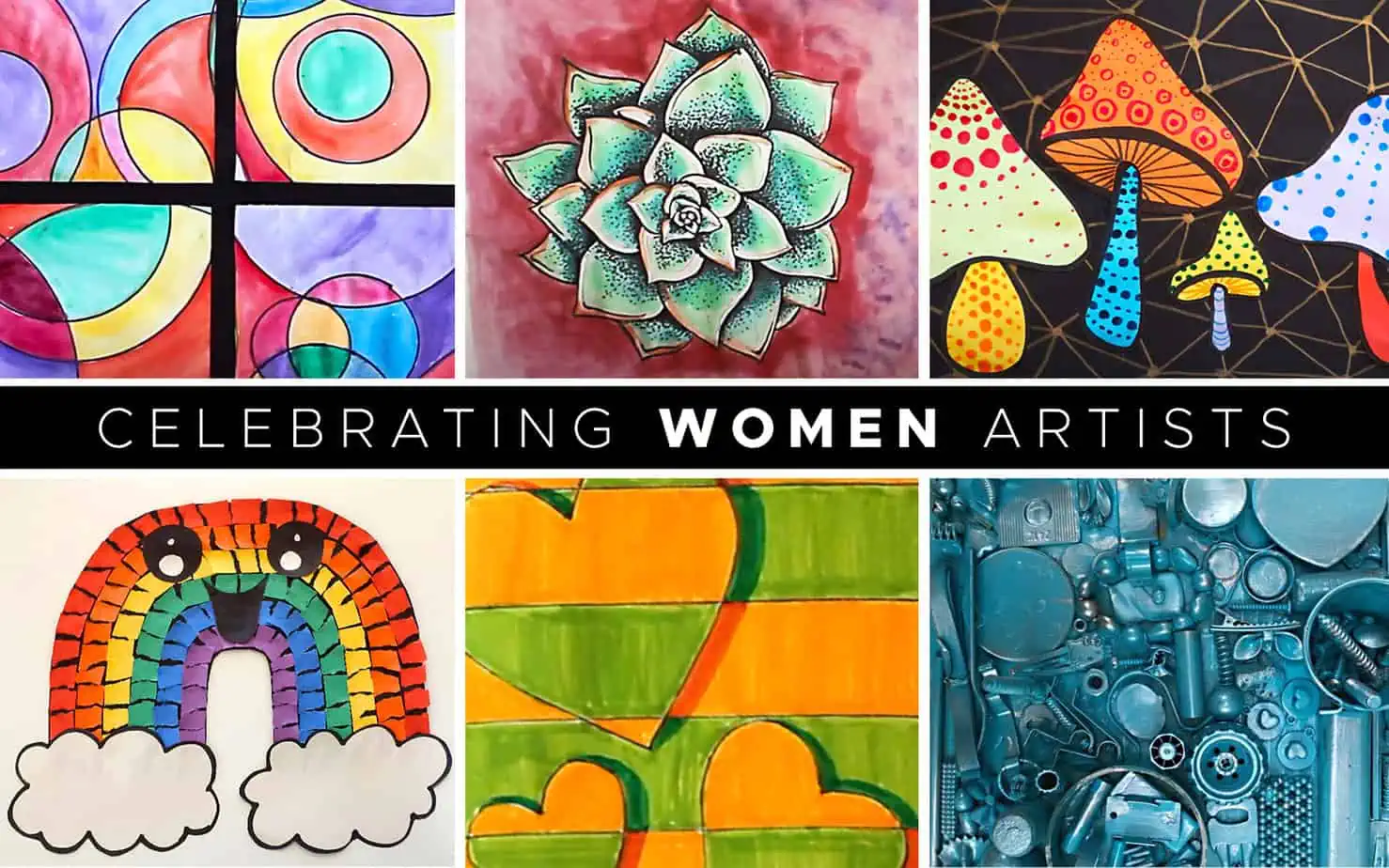March: A Month to Celebrate Art and Women’s History
Imagine stepping into an art gallery where the walls echo with the vibrant stories of women who, through the brushstrokes of their time, have challenged conventions and reshaped the narrative of art history. This isn’t merely an invitation to view art; it’s an immersion into a history where women’s contributions have not only thrived but have left an indelible mark on the canvas of time.

As we delve into Women’s History Month, celebrated every March, we find it intricately linked with art, providing a platform to highlight the often underrepresented and sometimes overlooked artists whose works led to pivotal shifts in the artistic discourse. This article isn’t just about admiring their creations; it’s an exploration of how these women’s art has influenced history, their personal journeys, and the societal changes they helped to foster.
The narrative begins with Artemisia Gentileschi (1593-1653), an Italian Baroque painter whose life story and paintings embody resilience and artistic prowess. Famous for her portrayal of strong, mythic women, her painting "Judith Slaying Holofernes" captures the fierce determination of its female protagonist, paralleling Artemisia’s own struggle against adversity in a male-dominated world. Gentileschi’s work, through its boldness and technical mastery, quietly subverts the traditional male gaze, a theme echoed across the centuries in women’s art.
Moving through time, Mary Cassatt, an American artist associated with the Impressionists, portrayed the private life of women, focusing on motherhood and domestic scenes. Her art, filled with light and sensitivity, offers a glimpse into the lives of late 19th-century women, balancing between traditional roles and their burgeoning consciousness. Cassatt’s influence wasn’t just in her art but also how she provided new avenues for women in art through her patronage of emerging female artists.
In the 20th century, Frida Kahlo emerged not just as an artist but as a symbol of personal and cultural identity. Her self-portraits are more than self-expression; they are declarations of pain, love, politics, and strength. Kahlo’s work breaks through the canvas, reaching into the living room of the viewer, asking them to see the world through her eyes, marked by unibrow defiance.
As Women’s History Month unfolds, we also acknowledge contemporary artists like Yayoi Kusama, whose Infinity Mirror Room installations envelop viewers in kaleidoscopic reflections, representing, perhaps, a celebration of life’s infinite possibilities. Kusama’s art, with its distinctive polka dots, confronts issues of mental health and individuality, themes still relevant and empowering today.
Art isn’t merely an aesthetic experience; it’s a narrative of empowerment, resilience, and self-expression. Throughout history, women have used art to voice their unique perspectives, often in environments that did not encourage or recognize their contributions. Art acts as visual testimony to these women’s struggles, joys, and realities, providing insight into the evolution of women’s roles in society.
This March, as we celebrate Women’s History Month, let us not just observe but actively engage with the art created by women. These works serve as potent reminders of how art and history are interwoven, urging us to appreciate and learn from the rich legacy left by these women. Their art continues to inspire, challenge norms, and open new dialogues on gender equality and creative expression.
So, let’s reframe our understanding of history, recognizing that the art of women isn’t a sidebar but a vibrant, central narrative. Here’s to celebrating not just what these artists created but the worlds they opened up, the conversations they provoked, and the future they imagined through their art.




